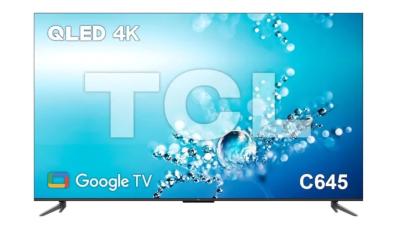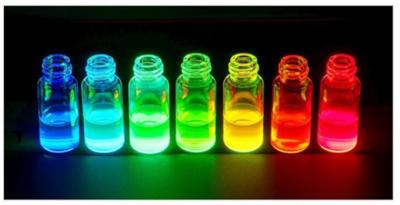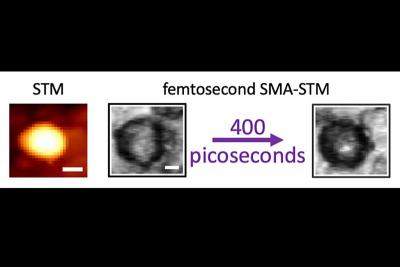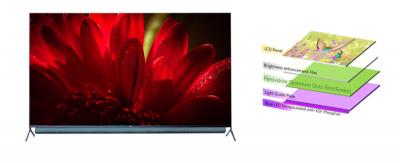Hansol Chemical, SGS and Intertek question whether TCL actually uses QDs in its QLED panels
Korean QD producer Hansol Chemical, has conducted an analysis on some of TCL's QLED panels, and concluded that in fact these panels do not contain any quantum dots. Hansol commissioned SGS and Intertek to actually perform the study, on TCL's C755, C655 and C655 Pro models.
Hansol says that TCL's TVs do not contain any indium or cadmium at all, which proves the TVs do not contain quantum dots. TCL responded by saying that the TVs do in fact contain Cadmium, although perhaps at a very trace amount not detected by SGS and Intertek. TCL further says that the method used is not sufficient to detect the exact content of Cadmium.






